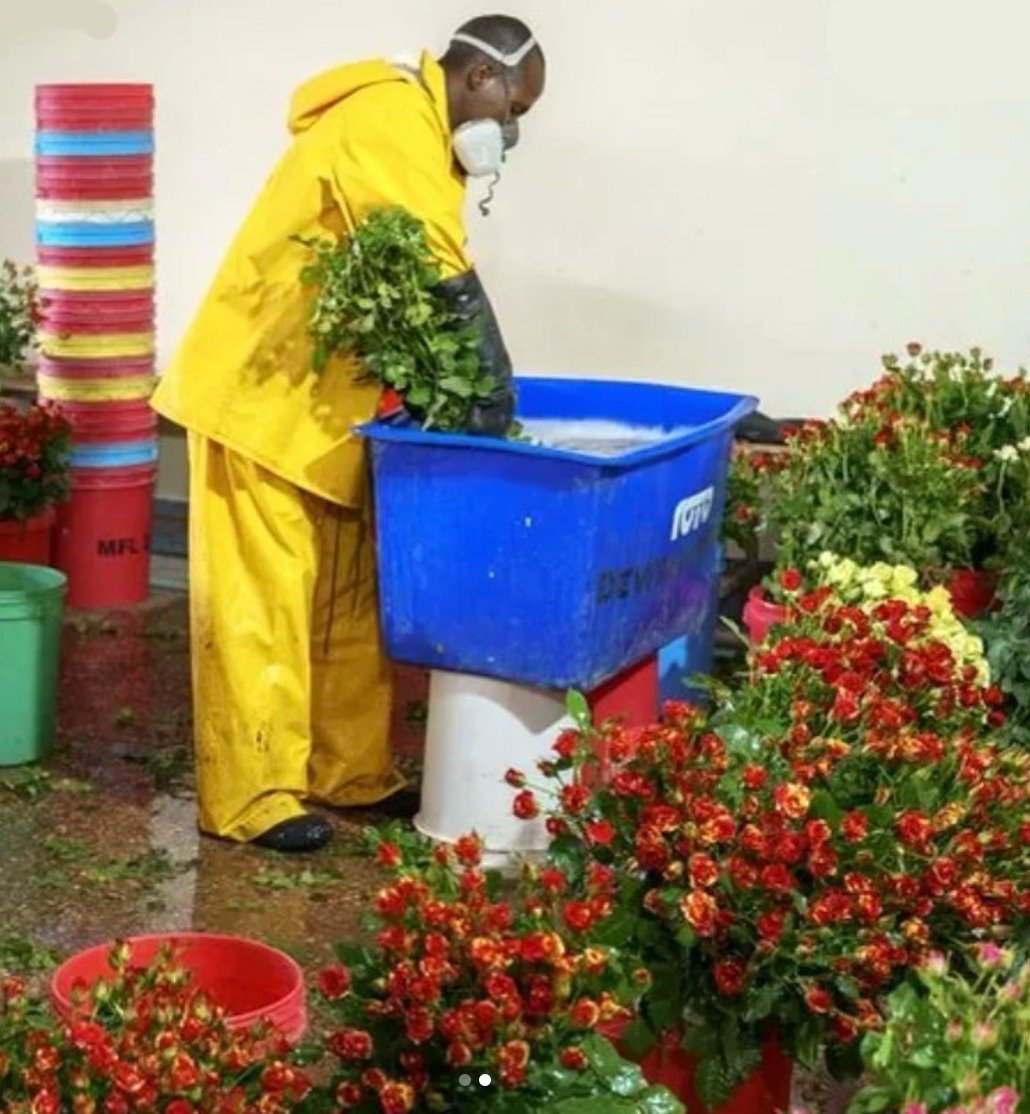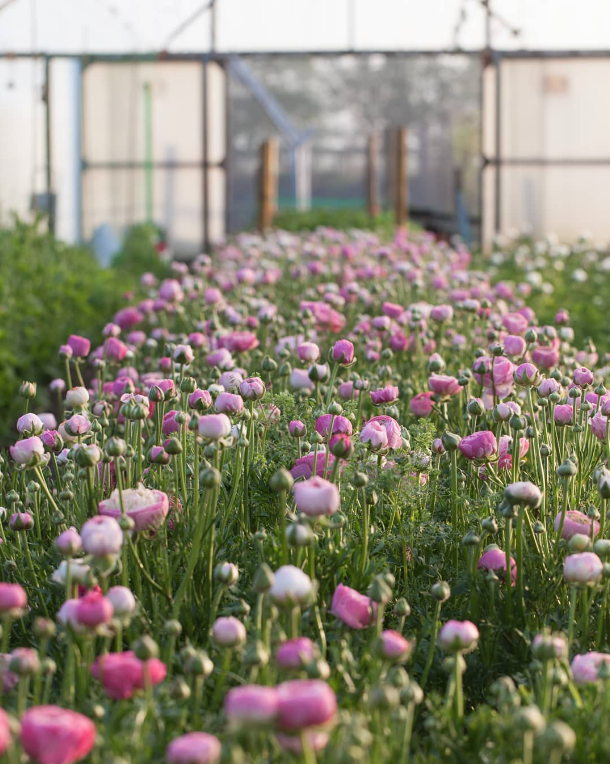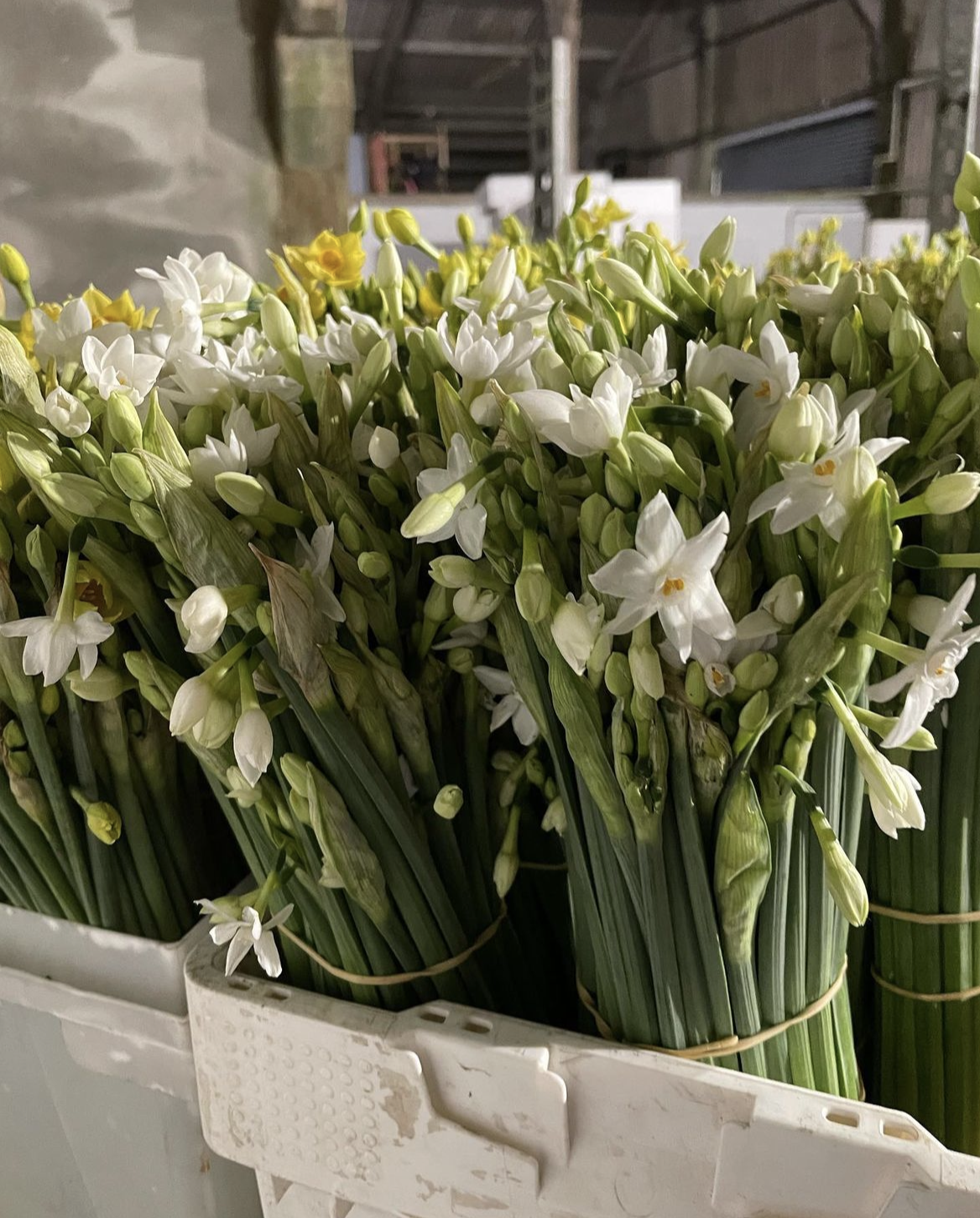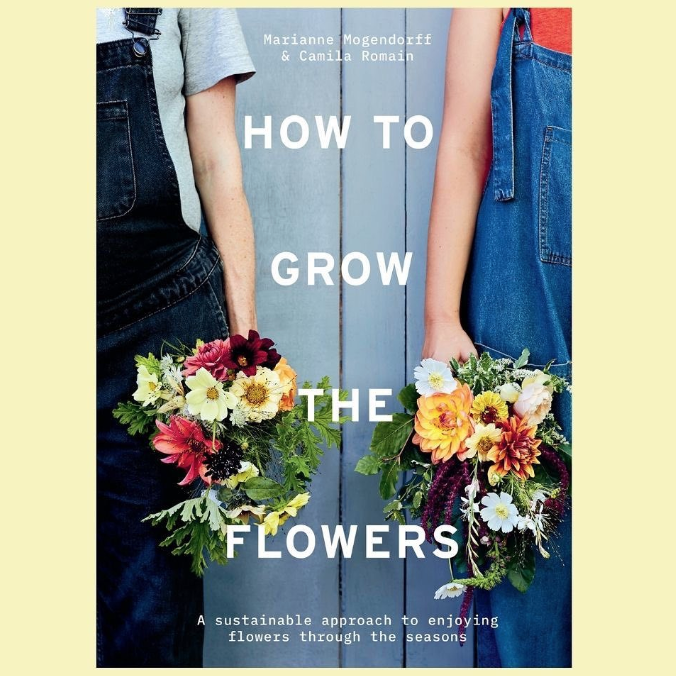Sustainability - Part One
Sustainable Floristry
Ways to work more sustainably, 4 part blog series.
When Queen Elizabeth II passed away in September 2022, the flowers on her coffin during the procession were, as requested by the new King, all British grown, seasonal, symbolic and made with no floral foam…
“At His Majesty The King’s request, the wreath contains flowers and foliage cut from the gardens of Buckingham Palace, Clarence House and Highgrove House.
This includes foliage chosen for its symbolism:
Rosemary for remembrance; Myrtle, the ancient symbol of a happy marriage, and cut from a plant that was grown from a sprig in Her Late Majesty’s wedding bouquet in 1947. And English oak, which symbolises the strength of love.
Also included are:
Scented Pelargoniums, garden roses, autumnal hydrangeas, sedum, dahlias, and scabious, all in shades of gold, pink and deep burgundy, with touches of white, to reflect the Royal Standard, on which it sits.
Again at His Majesty’s request, the wreath is made in a totally sustainable way, in a nest of English moss and oak branches, and without the use of floral foam.”
Getty Images
Is it time we all followed in the Kings footsteps and began to make a change towards sustainability within the floral industry.
Intro
This topic is a big one for us, and something that the wider industry at large is thankfully starting to address. It is becoming more and more apparent that the negative impact that floristry as a whole is having on the environment is bigger than we could have ever thought.
We know this is a daunting subject matter and if you’ve been working in the floristry industry for many years, you might think there is no other way to do what you do and maybe don’t understand the necessity to make changes and what positive impact these changes can have.
Over a series of blogs, we’re going to do the hard work for you and do the digging to bring the facts together on sustainability within the industry. Throughout the month of April, we’re laying these facts and information out for you to help you to understand the impact the floral industry is having on the environment, and then making some suggestions on what changes you can implement in your business to become more environmentally supportive. We’ve even included some really basic swaps you can make immediately to reduce your impact. So don’t feel daunted, get knowledgeable with us and get excited to learn new things…
So, what are the issues with the way it’s being done at the moment? The areas that are causing the most impact are the produce we use and where it comes from, and the mechanics we use to arrange our displays and package our products.
This week we’re going to be looking at produce, and by this we basically mean the flowers themselves. Where they come from, how they are grown and what the alternatives could be.
Importing produce and growing standards
The UK floral industry imports 86% of its flowers per year, with the carbon footprint to collect flowers at the wholesale auctions in Holland and then bring them into the UK being 10 times higher than that of any British grown alternative. And whilst you may imagine all your flowers just pop into being at the auction house in Holland, in reality these blooms have had to come from a variety of locations all over the world.. So as an example, the roses you ordered for your valentines day bunches may have travelled from Kenya to Holland, from Holland to your wholesalers hub and then from there on to your studio or shop - the air and freight miles just keep adding up and up.
Not only do these environmental impacts add up with distance, the effects on the produce itself with the time taken to travel is undoubtedly another factor we must take into consideration. How long ago were these stems cut? How have they been treated with chemicals to keep them looking fresh for sometimes up to a week from field to shop? So on top of the distance your flowers have travelled, the time they have taken to arrive to you and the way in which they have been grown also has additional environmental impact. I’m sure when you picture where your flowers come from, you imagine a field full of lush roses, growing beautifully outside in nature, but the truth is a much uglier one. In fact, most imported blooms are grown in vast greenhouses rather than outside, some even using extra energy (furnesess etc) to heat those greenhouses - another environmental dent by using unrenewable resources - and using harsh pesticides to keep insects at bay - damaging the ecosystem. Along with these pesticides, in order to reach you in one piece, flowers are often sprayed, dipped or coated in chemicals after being cut, many of which are banned for use in the EU but still allowed in other regions. As you can see in the images below (courtesy of @greenwashtheflowers instagram account) the workers are having to wear hazard suits and filtration masks, do you wear a mask and gloves when you receive these roses into your studio? Do you put a hazard warning on your bouquets for your customer to read before they stick their nose into them for a sniff?
So what is the alternative? British flowers!
Picture all of the above, the intensive and irresponsible farming, the pesticide use killing off the biodiversity of an area, flowers cut and dipped in noxious chemicals, loaded onto freight planes and flown to Holland, then transported to a hub in the UK, then couriered or collected by you in another vehicle. All before you’ve even made a single arrangement. Now imagine a different reality. Flowers grown mostly outside or some in sun heated polly tunnels, no use of pesticides, allowing bees, butterflies and bugs to thrive, cut freshly the evening before or the morning of your delivery/collection and travelling a handful of miles to reach you. These flowers will have been treated to nothing but a drink of fresh water, wrapped in paper or just as they are in a bucket, and they will represent hours of hard work from British soil. This is what you get when you buy UK grown flowers.
Green and gorgeous
Where can you find them?
Our best advice is to go to the Flowers From the Farm website and see who and what is available around you. Get in touch with a local grower and see if you’re able to work together, buy a bucket to practice with and get to know what to expect during certain times of the year. Working with a grower is such a great relationship to foster, given enough notice they can even grow specific varieties of flowers for an event you have - something you’ll never get from a flower market.
So what can you do right now?
Find your local grower, reach out and see what’s available and how you can work together
See if your current wholesaler can get British grown elements of your order
Get planning a space for in your garden to sow some seeds - now is a great time to get some things going that you can use later in the year, think sweet peas, cornflowers, nigella, calendula and even dahlias - it’s not too late to get any of these going this year. Take a look at some of our book suggestions to get going. See our blog post here about some of our faves to start off with.
Look at your terms and conditions and consider adding in some elements of ‘what’s in season’ for availability rather than always promising specific blooms
Have a look in your garden to see if there is anything that could be cut and used - perennial stuff can be great too, it’s not just about the annuals
And remember, small changes all add up, you don’t have to change everything all at once. Small steps in the right direction are what really matters.
Where can I find out more?
There is so much great stuff out there about British flowers, you just have to start a little bit of your own research and you’ll soon be hooked. We’ve rounded up some of our favourite places for you to start, including books on growing and courses to invest in.
https://www.instagram.com/sustainablechurchflowers/
https://www.instagram.com/sustainablefloristry/
https://www.instagram.com/flowersfromthefarm/
https://www.instagram.com/greenwashtheflowers/
Websites
https://www.flowersfromthefarm.co.uk/
https://flowersbyclowance.co.uk/
https://www.simplyfoliage.co.uk/
Books
https://www.francesandrose.co.uk/product-page/cut-flower-growing
https://www.greenandgorgeousflowers.co.uk/the-cut-flower-sourcebook/
https://www.wolveslaneflowercompany.com/our-book
Courses
https://www.greenandgorgeousflowers.co.uk/courses/growing/
https://www.forevergreenflowerco.co.uk/shop-growing-workshops/introduction-to-flower-farming
https://bloominggreenflowers.co.uk/flower-arranging-courses/
Next week we’re looking into the world of floral mechanics, why things need to change and how you can start making a difference in what you’re using right now.












